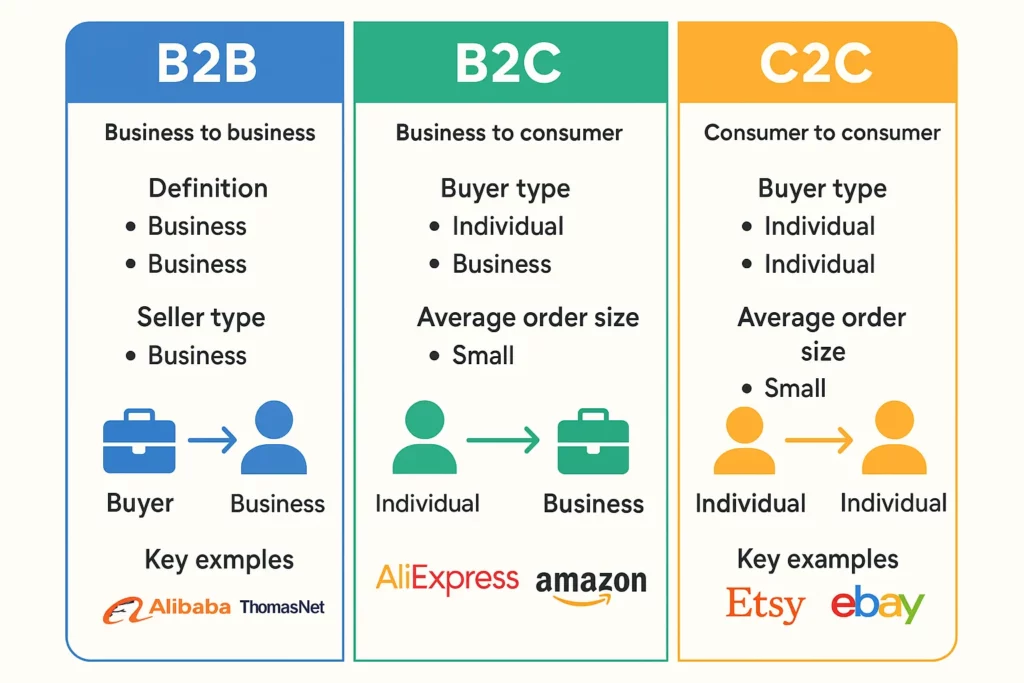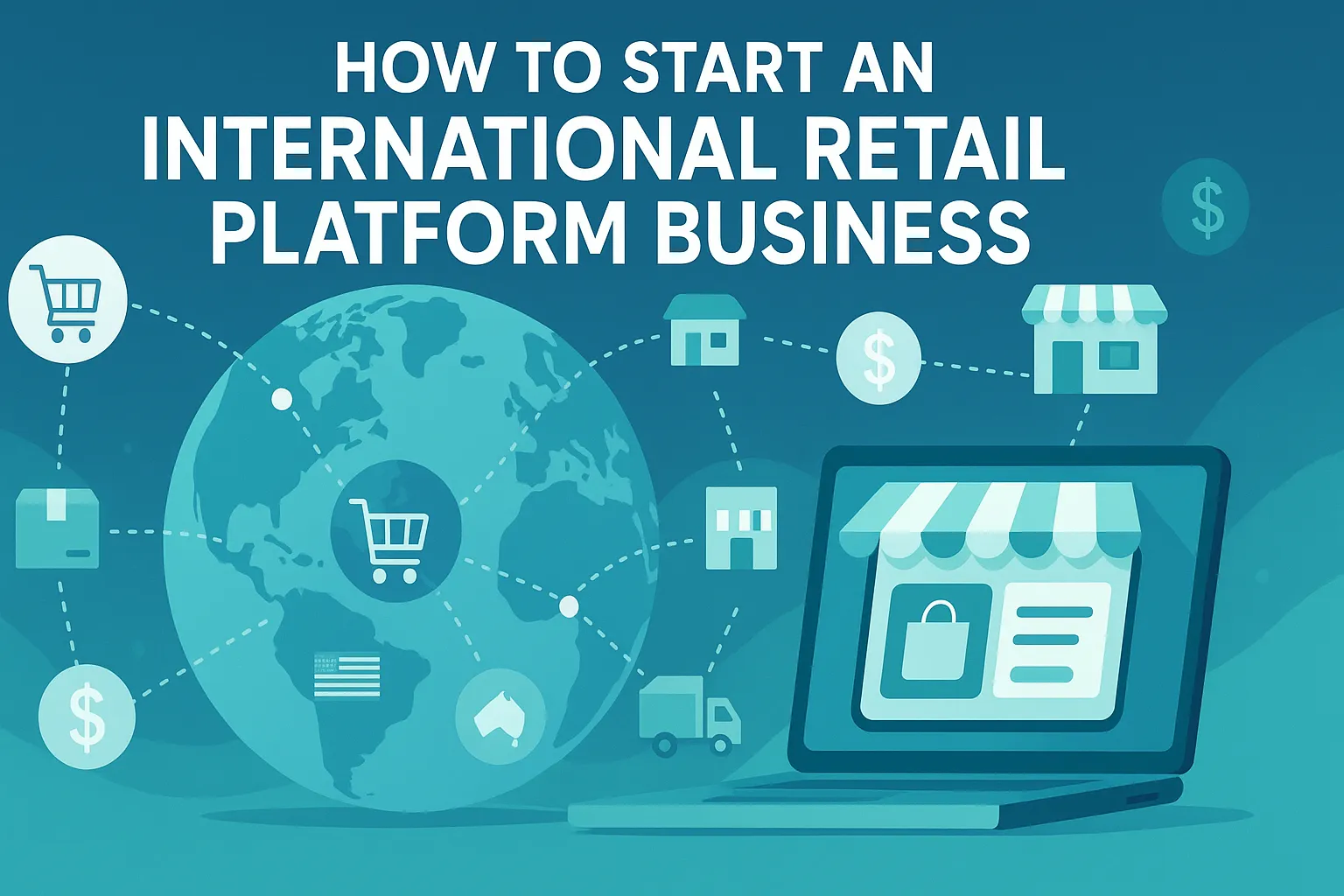Ever had that lightbulb moment thinking, “Why can’t I create the next Alibaba?” You’re not alone. The digital bazaar is booming, and more creators, startup founders, and side hustlers are eyeing international retail platforms as their big-ticket entry into global business. Whether it’s an Amazon-style model or a niche like DHGate, the dream is real—and way more achievable than it used to be.
Think about it—people are shopping from halfway across the world while sipping morning coffee. Sellers are moving inventory without borders. That’s not magic; it’s platform thinking. And while giants like AliExpress didn’t pop up overnight, the tech and tools to build something similar are now ridiculously accessible.
So, if you’re the kind who’d rather build a marketplace than be at the mercy of one, this guide’s for you. We’ll explore the building blocks of international retail empires, show you what the big dogs are doing (in a nutshell), and help you discover how Miracuves can turn your global ambitions into a launch-ready retail app. Let’s dive in.
What Is an International Retail Platform, Anyway?
An international retail platform is an online marketplace where sellers and buyers across different countries connect, transact, and ship goods. Think of it like a global version of your local mall, minus the overhead.

Common Types of Models
- B2B (e.g., Alibaba): Wholesale from manufacturers to businesses.
- B2C (e.g., AliExpress): Direct selling to individual customers.
- C2C (e.g., Etsy): Individuals sell to individuals.
- Hybrid (e.g., Amazon): Combines models for flexibility and scale.
Tiny Overviews of the Big Players
Let’s do a quick speed-date tour of the world’s leading international retail platforms:
Alibaba
Massive B2B powerhouse. Connects manufacturers (mostly in China) with global buyers. Known for MOQs (Minimum Order Quantities) and trade assurance.
AliExpress
A consumer-facing sibling to Alibaba. Geared towards B2C shoppers worldwide. No minimum orders, low prices, long shipping times.
Amazon Global
A global giant in hybrid retail. Offers everything from local FBA (Fulfillment by Amazon) to international cross-border selling.
DHGate
Another China-based B2B/B2C mix with a stronghold in electronics and apparel.
eBay Global
One of the OGs. Still relevant for niche, refurbished, and auction-based international buying/selling.
Etsy
Focused on handmade and vintage items. Strong in North America and parts of Europe. Not traditional retail, but a growing niche.
The Business Blueprint: Starting Your Own
1. Define Your Niche
Don’t try to be the next Amazon and the next Etsy at once. Focus. Think eco-friendly goods, local handicrafts, affordable fashion, or refurbished tech.
2. Understand Cross-Border Logistics
Shipping is where dreams go to die—unless you prep. Get savvy with:
- Customs & tariffs
- Warehousing options
- Shipping partners (DHL, FedEx, 4PX)
3. Choose the Right Monetization Strategy
Common monetization models include:
- Commission on sales
- Subscription plans for sellers
- Premium placement or ads
- Fulfillment & logistics charges
Must-Have Features for Your Platform
Whether you’re launching a web-based platform or an app, your product needs to hit all the right notes:
- Multi-language and multi-currency support
- Seller dashboards with analytics
- Product review and rating systems
- Global shipping calculators
- Dispute resolution workflows
- AI-powered search and recommendations
- Fraud protection tools
Tech Stack and Development Choices
You’ve got two main options:
Build From Scratch
Great if you’ve got deep pockets and time to spare. Fully custom, totally yours. But slow.
Go with Clone App Development
Faster, cheaper, and still customizable. Miracuves offers white-labeled, high-performance clones of platforms like Alibaba, AliExpress, and more—letting you hit the market fast with the same professional polish.
Real-World Tips from Successful Founders
- Start Small, Ship Smart: Target just 1–2 regions first. Build a reputation, then scale.
- Incentivize Early Sellers: Waive commissions or offer premium placement.
- Gamify User Engagement: Reward top-rated sellers and reviewers.
- Leverage Influencers in Each Region: Localization sells. Culture-specific marketing works wonders.
Trends to Watch in Global eCommerce
- AI in Personalization: Platforms are moving from “recommended” to “predicted.”
- Sustainability: Buyers care about packaging, emissions, and sourcing.
- Buy Now, Pay Later (BNPL): Installments are growing in popularity worldwide.
- Video Commerce: Livestream product demos are making waves—especially in Asia.
Conclusion
You don’t need a $10M seed round to break into international eCommerce. What you do need is clarity, a solid go-to-market plan, and a tech partner who gets it. One who doesn’t just throw code at your idea but builds it like it’s their own.Bring your digital business idea to life with a launch-ready app that’s fast, flexible, and built to scale. If you’re serious about entering the global stage, it starts with a platform built for success. Let’s make it happen.
FAQs
Q1. What is the cost of launching an international retail platform app?
Launching an international retail platform through Miracuves typically costs between $2K and $5K. The ready-made clone solution ensures premium quality and quick deployment within 3–6 days, saving both time and investment.
Q2. How long does it take to develop a platform like AliExpress?
Developing a full-scale marketplace from scratch can take months, but with Miracuves’ AliExpress Clone, your platform can be launched in just 3–6 days — fully setup, branded, and deployment-ready.
Q3. Can I monetize from day one?
Absolutely. Set up commission structures or seller subscriptions right from launch.
Q4. What about legal and compliance aspects?
You’ll need to comply with GDPR, international tax laws, and import/export regulations. Start simple and scale your compliance stack.
Q5. Should I build an app or just a website?
Both! Mobile commerce is dominating. Miracuves delivers Android + iOS + web bundles, fully synchronized.
Q6. Is it scalable if I use a clone app?
Yes. Clone apps are built for customization and can scale just like custom builds—if developed by experts.








